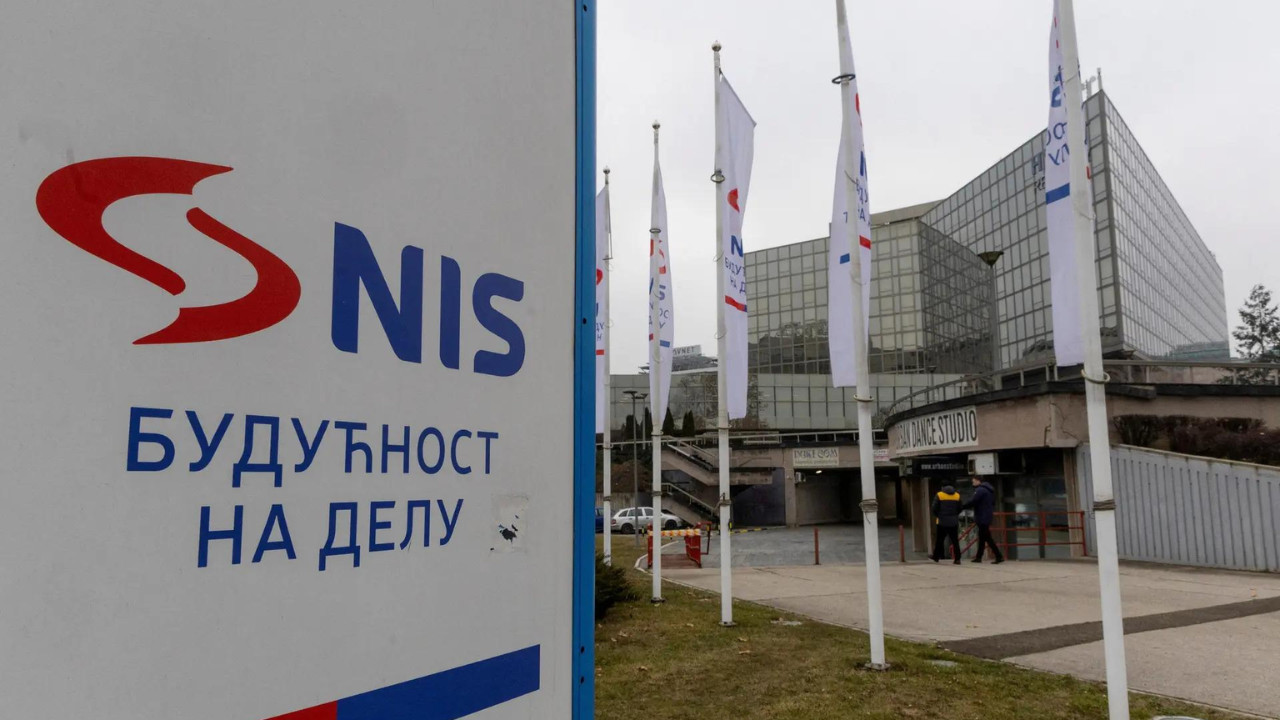Rajiv Memani, the new CII president, anticipates a strong rebound in India’s economic growth, despite some sectors facing challenges due to geopolitical issues and uneven demand. Private investment is growing, though influenced by global uncertainty and approval delays. Industry is preparing for tariff cuts under FTAs, focusing on competitiveness and mitigating non-tariff barriers.
India’s Investment Horizon: A Bullish Outlook
The air crackles with anticipation. Not just on Dalal Street, but across boardrooms and factory floors. There’s a palpable sense of momentum building in India, and the numbers are starting to reflect it. Forget the cautious whispers of global headwinds; the story unfolding here is one of resilient optimism and a burgeoning appetite for investment. But is this just fleeting enthusiasm, or are we witnessing the dawn of sustained growth fueled by capital expenditure?
The murmurs echoing around the globe suggest a shift. While other nations grapple with economic uncertainties, India stands out, not merely as a market, but as an investment destination brimming with potential. Early data points to a powerful surge in investment activity, signaling a robust trajectory for future economic expansion. It’s like watching a coiled spring slowly begin to unwind, releasing pent-up energy and driving forward momentum.
Why the Confidence? Decoding India’s Investment Appeal
What’s driving this surge in confidence? Several factors are coalescing to create a fertile ground for investment. The government’s continued focus on infrastructure development is undoubtedly a major catalyst. Think of the sprawling highway networks under construction, the modernization of ports, and the expansion of railway lines. These projects not only create immediate jobs but also lay the foundation for long-term economic growth by improving connectivity and reducing logistical bottlenecks. This commitment to infrastructure upgrades sends a clear signal to investors: India is serious about facilitating business and fostering growth.
Furthermore, a young and dynamic workforce, increasingly tech-savvy and aspirational, is providing a significant competitive advantage. This demographic dividend translates to a large pool of skilled labor, ready to contribute to various sectors, from manufacturing to technology services. Companies are recognizing this potential and are investing in training and development programs to further enhance the skills of the workforce.

Sectoral Shifts: Where is the Money Flowing?
The investment landscape isn’t uniform. Certain sectors are attracting more attention than others, reflecting evolving economic priorities and emerging opportunities. Renewable energy, for instance, is witnessing a surge in investment, driven by government incentives and a growing awareness of the need for sustainable development. Similarly, the manufacturing sector is experiencing a resurgence, boosted by initiatives like “Make in India,” which aims to promote domestic production and reduce reliance on imports.
Even the digital infrastructure is experiencing heavy investment. With the rise in ecommerce and digital transactions, companies are eager to get in early and create a stronghold in the market. This is allowing businesses to further streamline operations and bring the cost of goods down due to fewer overheads.
Navigating the Challenges: A Word of Caution
Of course, the road to sustained growth isn’t without its bumps. While the overall outlook is positive, challenges remain. Bureaucratic hurdles, though diminishing, still exist. Streamlining regulatory processes further is crucial to attract even more investment and ensure smoother operations for businesses. Land acquisition can also be a complex and time-consuming process, requiring careful navigation and collaboration between government and private entities.
Additionally, while India’s domestic demand provides a buffer against global uncertainties, it’s essential to remain vigilant and adapt to changing market dynamics. Continuous innovation, skill development, and a focus on quality are essential to maintain competitiveness in the global arena. This is where investing in training and skill development programs can make all the difference. Related to that, check out our [article on reskilling programs](internal-link-to-reskilling-article).
The Future is Bright (But Requires Diligence)
India’s investment story is compelling, filled with optimism, fueled by government initiatives, and underpinned by a dynamic workforce. The surge in capital expenditure is more than just a blip; it’s a signal of long-term potential. As the country continues to address challenges, streamline processes, and foster innovation, it is well-positioned to emerge as a major economic powerhouse. It’s a moment to watch, engage with, and potentially invest in. The Indian growth story is far from over; it’s just beginning.







